Salt Printing
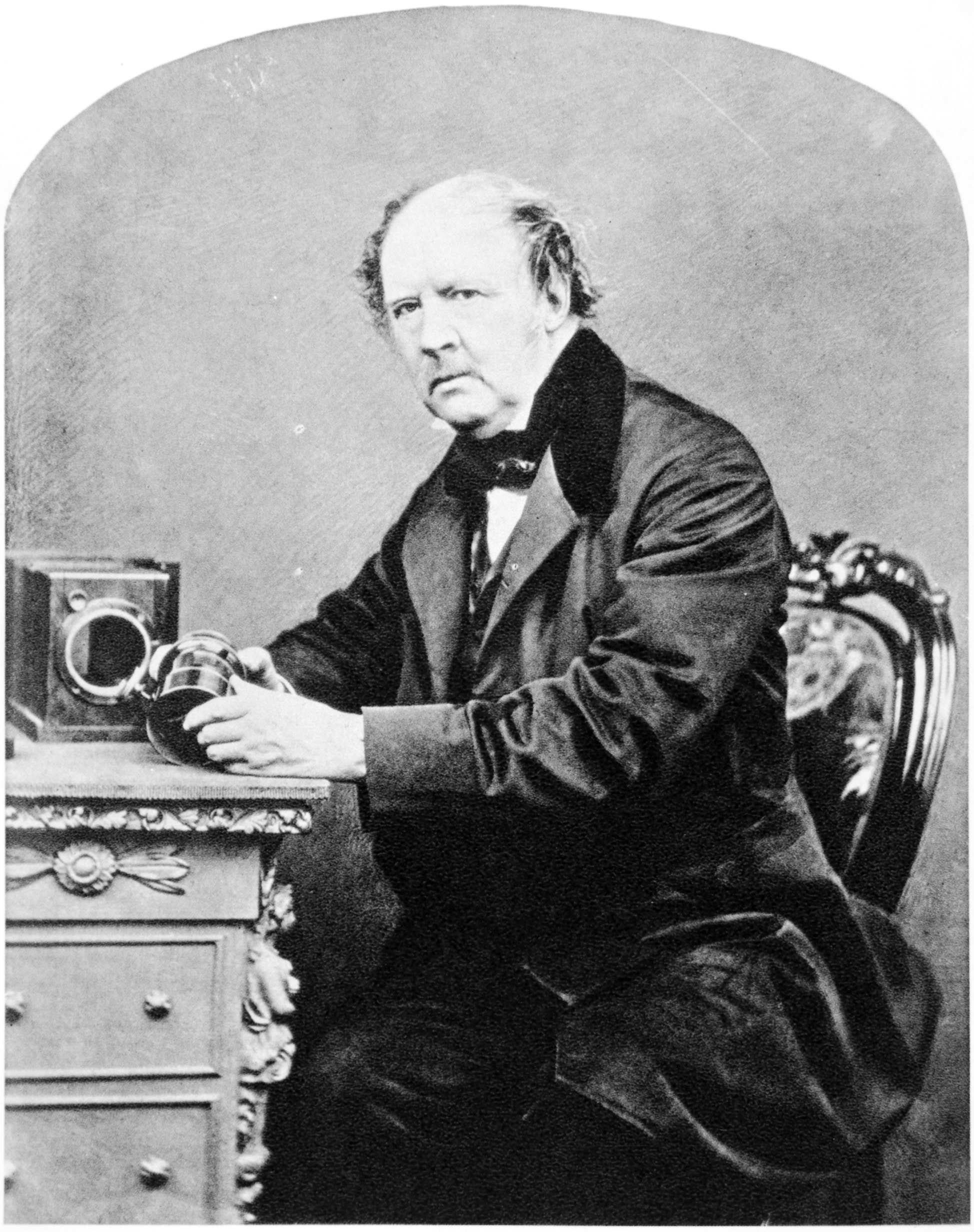
Salt printing is one of the earliest known processes of photography. It was invented by William Henry Fox Talbot. By combing salt water and Silver Nitrate he made photographic paper.
Supplies
- A 35mm camera.
- Film.
- All of the supplies to develop the film.
- A film scanner.
- Sheets of clear plastic.
- Distilled and tap water.
- Table salt.
- Acid free fine-art paper- that can be submerged for 30 minutes.
- Silver Nitrate.
- Sodium-Thiosulfate.
- Citric Acid.
- Large Format Negative.
- A scale.
- Measuring cups.
- A shallow tray.
Make a Digital Negative
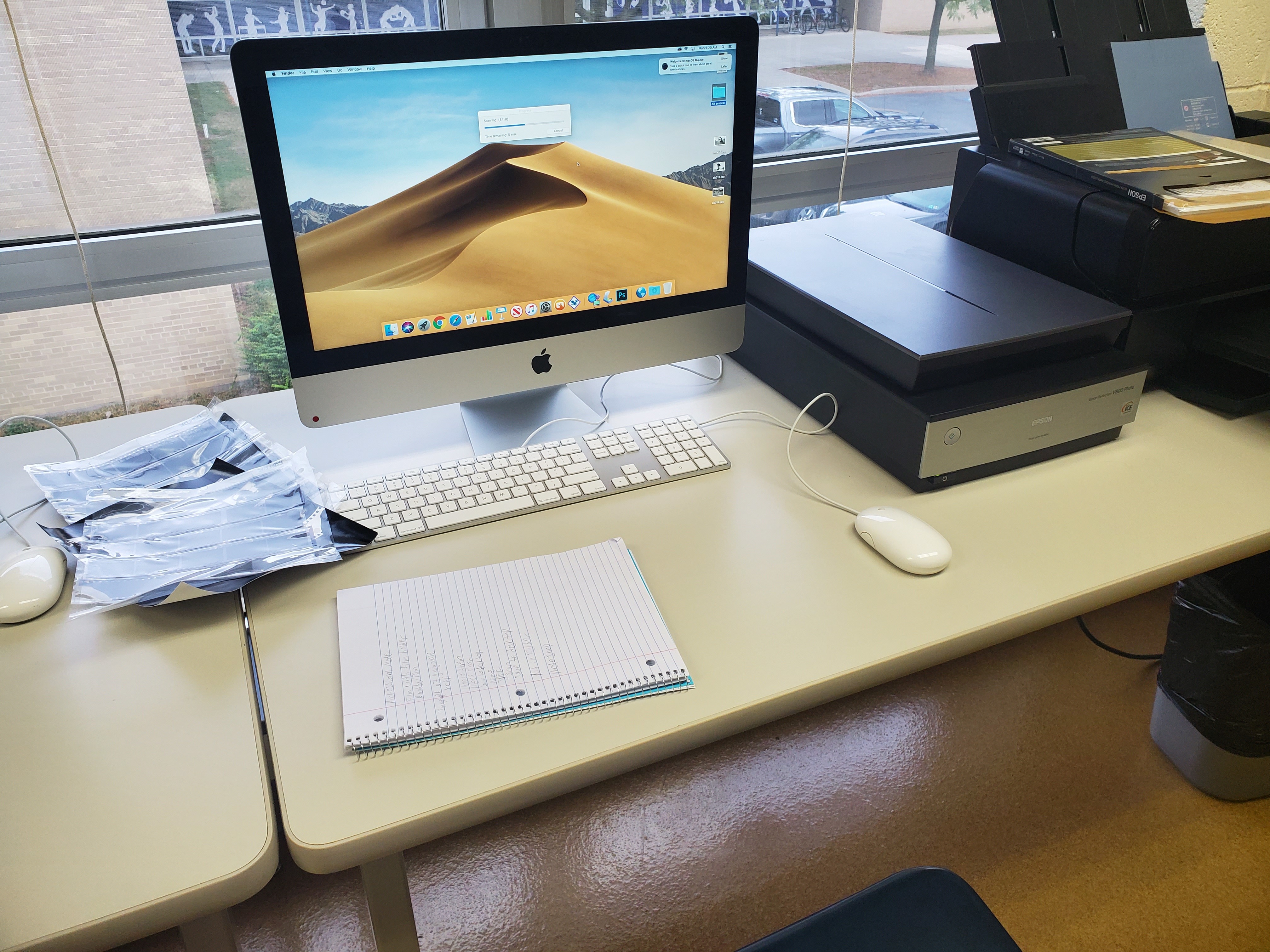
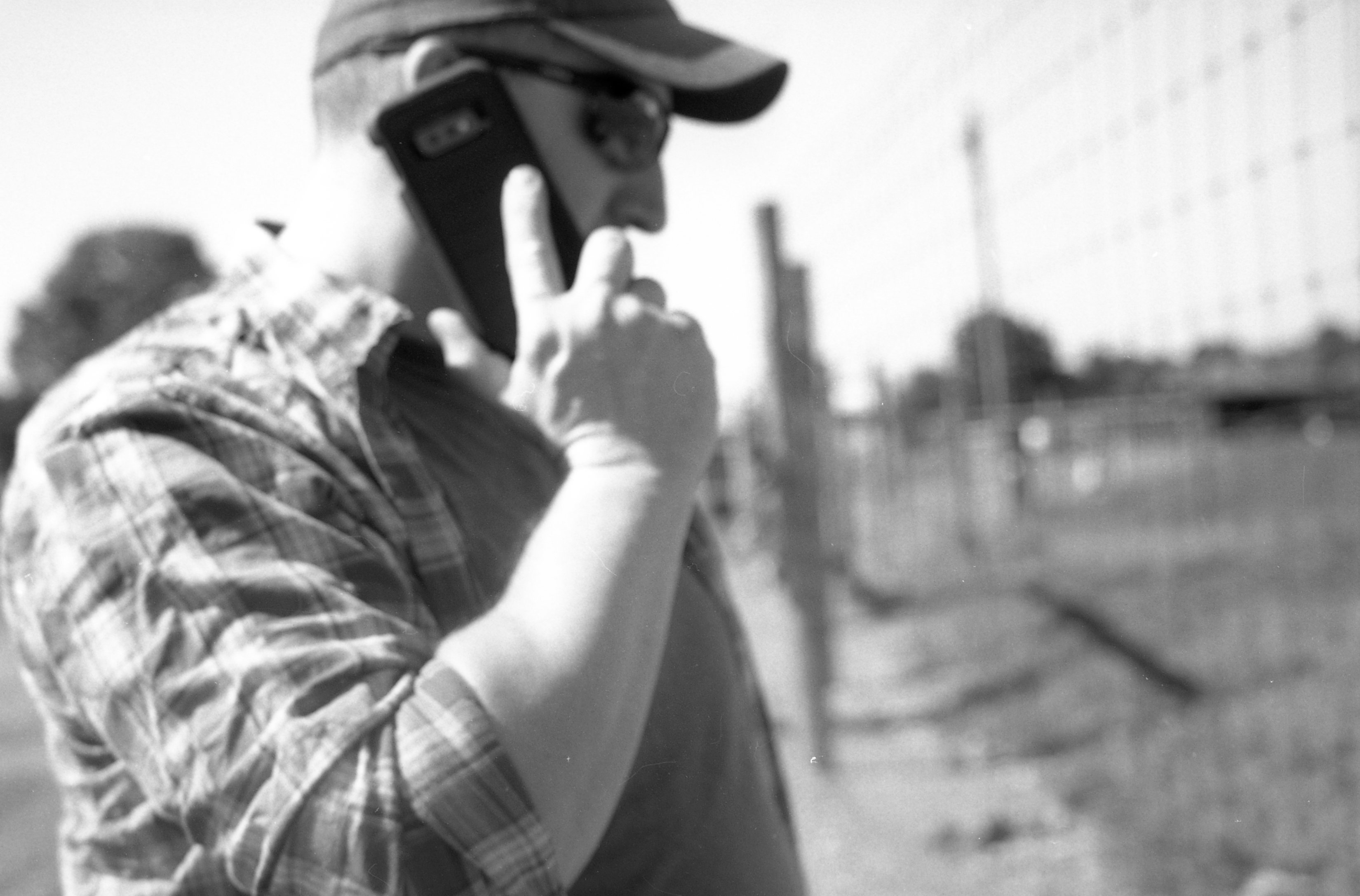
- Place film in film holder in the scanner.
- Choose professional mode.
- Choose film with film holder and then whatever kind of film you chose.
- For image type select 16 bit gray-scale 300 dpi.
- Choose your photos.
- Scan them.
- Save them to desktop.
- Name them and make them a JPEG.
- Choose what size you want them to be.
- Scan them again.
- Open them in Photoshop.
- Go to Image.
- Then go to Adjustments.
- Click on Invert.
Downloads
Making Your Paper
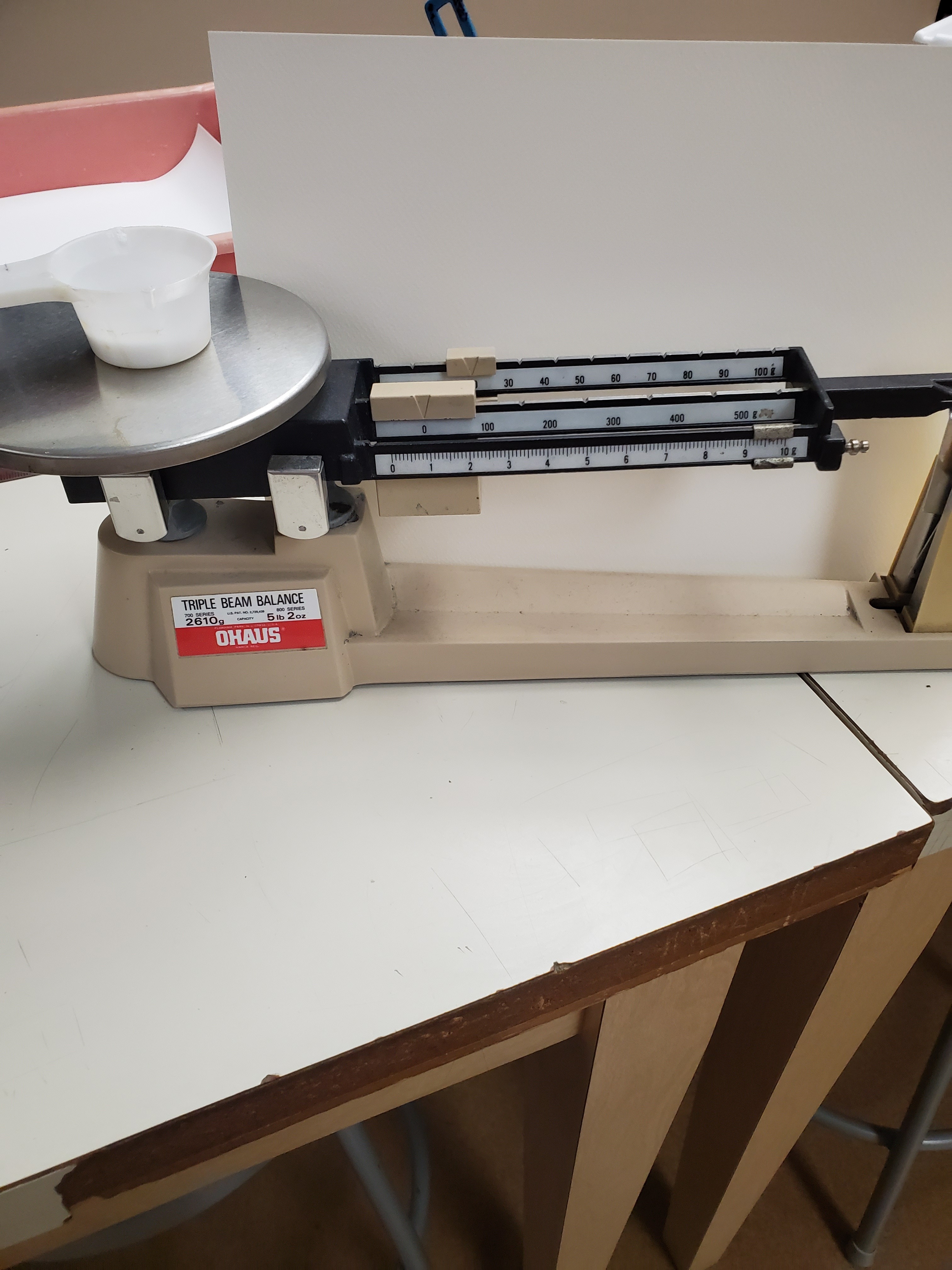
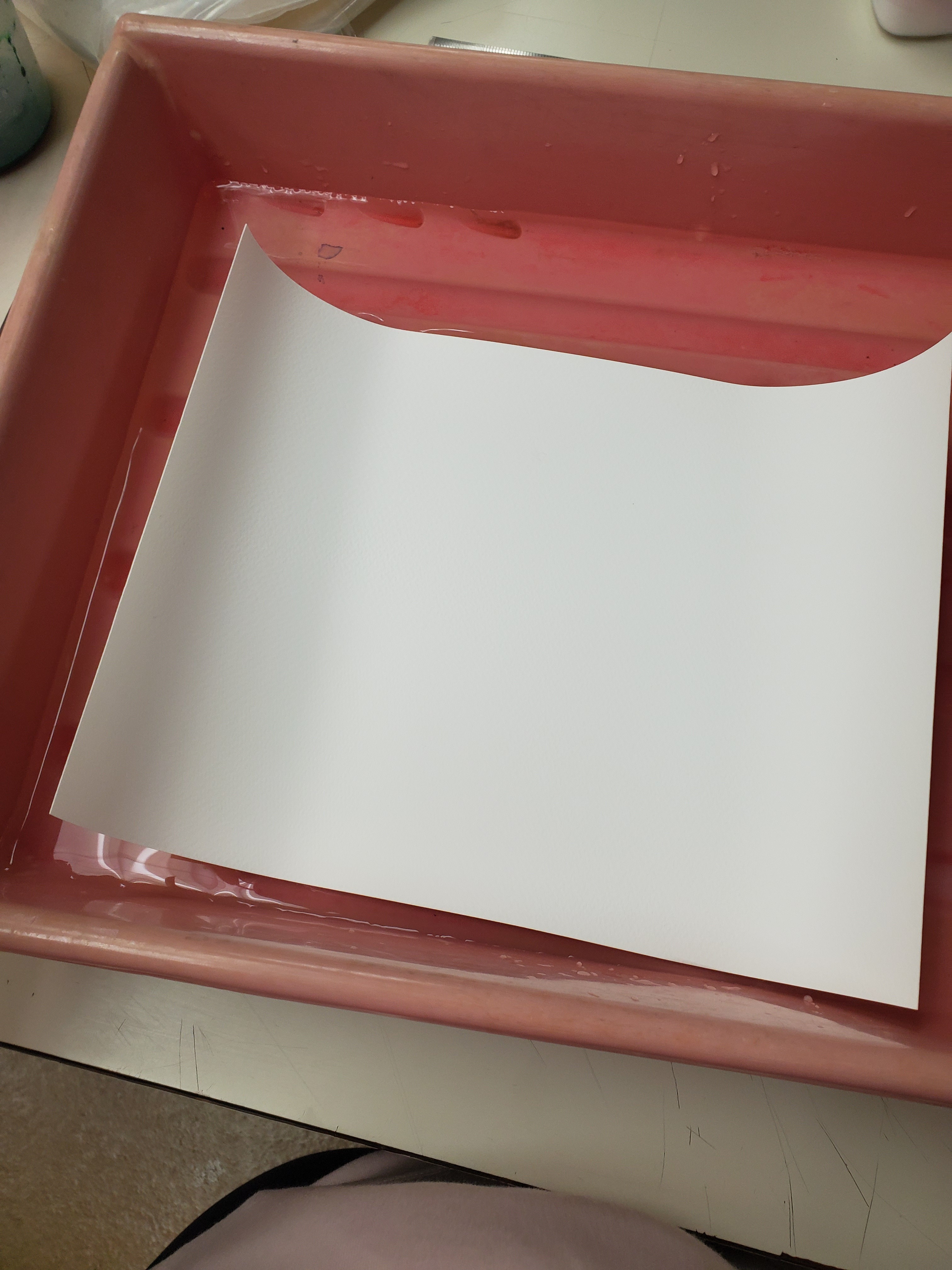
- Make a 2% salt solution- 20 grams of salt per liter of water.
- Put mixture in a shallow tray.
- Float paper on top of the water.
- When edges curl up slowly remove paper from the tray and let it dry.
- Make a solution of 10 grams of Silver Nitrate in 42 ml of distilled water.
- Make a solution of 5 grams of Citric Acid in 42 ml of distilled water.
- Combine the two solutions in a glass bottle.
- Must be stored in the dark.
- In dim light brush the solution onto the salted side of the paper.
- Let dry in a dark room.
Creating Your Print
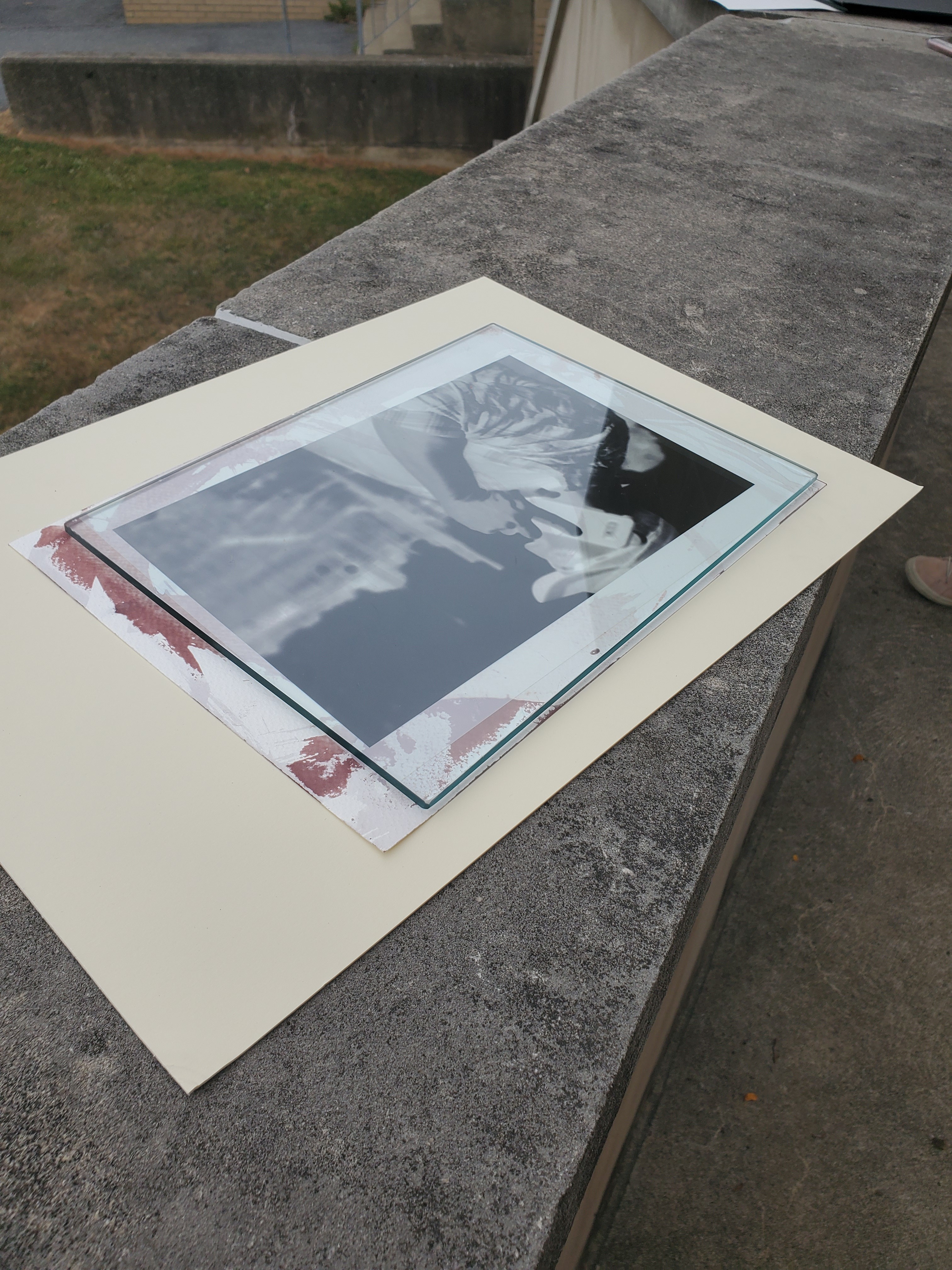
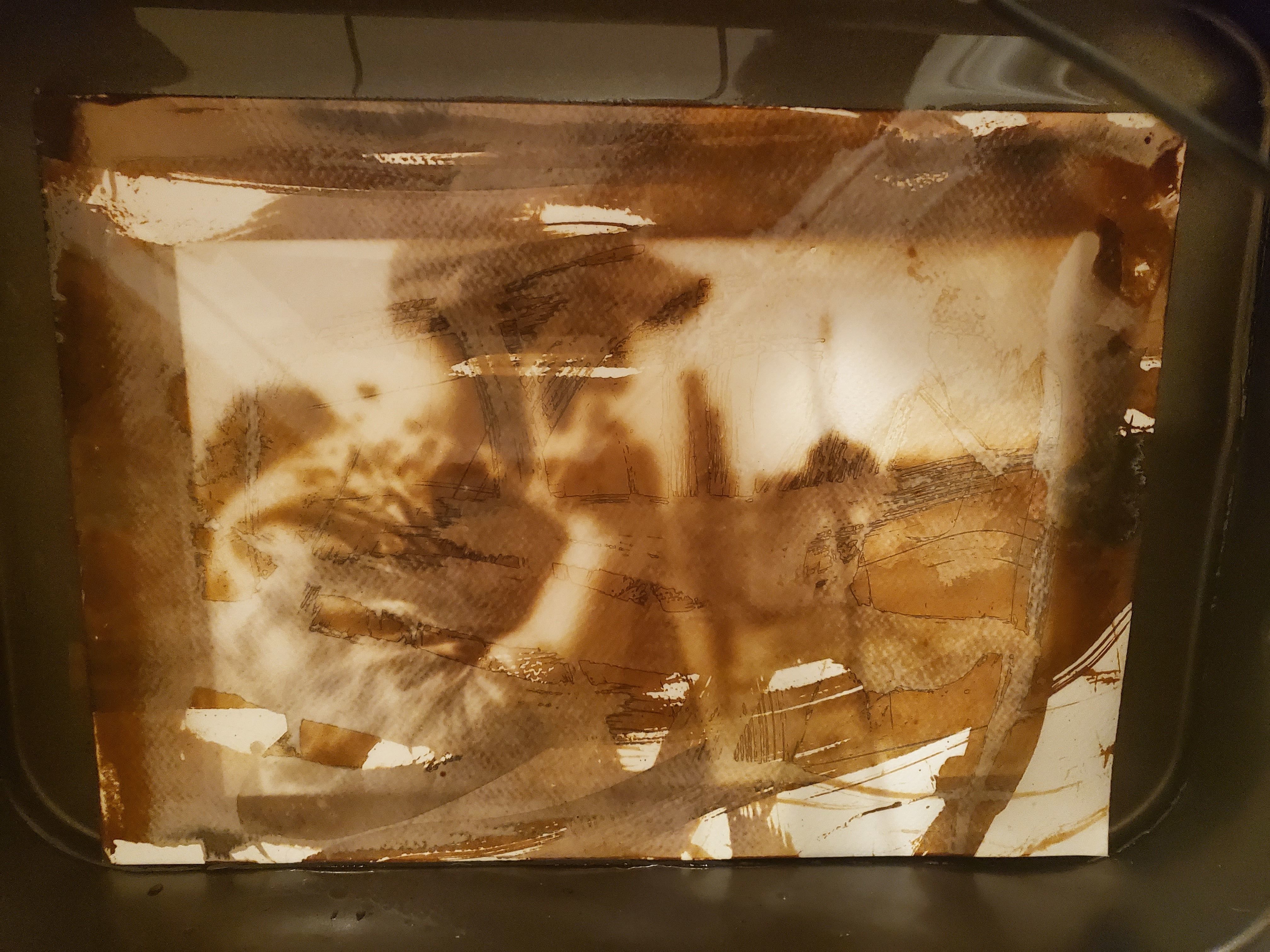
- Lay sensitized paper in a frame or put under a piece of glass in order to keep the negative from moving.
- Expose to sunlight until the clear parts are almost black.
- Bring into dimly lit room.
- Wash paper in cool water until runoff is clear.
- Fix in Sodium-Thiosulfate solution for 10 to 15 minutes- 50 grams per liter of water.
- Wash again and let it dry.
- You now have your finished project.